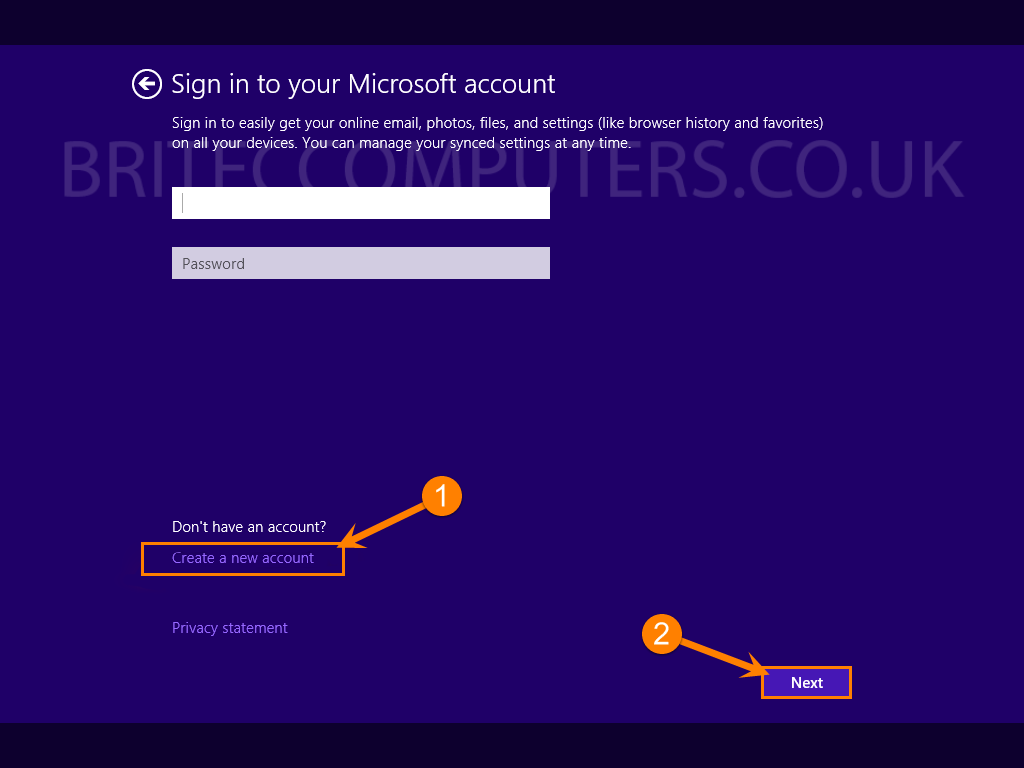Microsoft account sign in changes are set to transform how users interact with their accounts, making it easier but potentially less secure. Starting next month, when you sign in to a Microsoft account, you will automatically remain logged in, unless you choose to sign out manually. This shift from the previous practice—where users were automatically logged out after inactivity—will have significant implications regarding Microsoft sign in security, especially for those accessing accounts on public computers. The latest Microsoft account updates suggest that while users will find convenience, they must also adapt to new practices such as using private browsing to protect their information. As concerns about Windows 11 sign in issues rise, it’s vital for users to understand these changes and the necessary precautions to maintain their online safety.
The recent alterations to the user authentication process for Microsoft accounts indicate a notable shift in user experience dynamics. Users can expect a more streamlined sign in procedure, but this comes with risks that users need to consider. As the implications of Microsoft changes unfold, this transition requires users to rethink their sign-in habits, especially when accessing shared or public devices. The need for enhanced Microsoft sign in security becomes paramount, prompting users to embrace alternatives like private browsing. These updates underscore the importance of adapting to evolving online safety protocols in a rapidly changing digital landscape.
Understanding the Microsoft Account Sign In Changes
Microsoft’s recent announcement regarding changes to the sign-in process for Microsoft accounts has raised eyebrows among users concerned about security. Effective next month, users will remain signed in automatically unless they choose to log out or utilize a private browsing mode. This marks a departure from the previous method where inactivity would automatically log users out, a feature that provided an extra layer of security, particularly for those accessing their accounts on public or shared computers.
These changes could lead to significant implications for users, especially those who frequently use public computers or share devices with others. The automatic sign-in feature may expose personal information and sensitive data if users forget to sign out. Understanding these changes is essential for adapting to new security measures and maintaining privacy while using Microsoft services.
Frequently Asked Questions
What are the new Microsoft account sign in changes announced for 2025?
Microsoft has announced that starting February 2025, users will remain signed in to their Microsoft accounts until they manually sign out. This change deviates from the previous method, which automatically logged users out after a period of inactivity, raising concerns about security, especially on public computers.
How do the Microsoft sign in security changes affect users on public computers?
The Microsoft sign in security changes may lower security for users on public computers, as they will remain signed in until manually signed out. This could lead to unauthorized access if a user forgets to log out after using a shared device.
What implications do Microsoft account updates have for my online privacy?
The implications of the Microsoft account updates include potential risks to online privacy, especially if you frequently access your Microsoft account from shared or public devices. Users are advised to use private browsing to enhance security and avoid being automatically signed in.
Why is Microsoft recommending private browsing for account sign ins?
Microsoft recommends using private browsing for sign ins to prevent remaining signed into accounts, enhancing user security on shared or public devices. This approach ensures that your login information is not stored and helps maintain your privacy.
Are there any workarounds for Windows 11 sign in issues related to the new Microsoft account changes?
For Windows 11 sign in issues related to the new Microsoft account changes, users can opt to use private browsing or choose to sign out from all locations after each use. However, actively managing these settings will be essential to maintain security.
What should I do if I forget to log out of my Microsoft account?
If you forget to log out of your Microsoft account, Microsoft suggests using the option to sign out of all locations, although this may take up to 24 hours to process. Adopting the habit of logging out or utilizing private browsing can help mitigate this issue.
Will the Microsoft account sign in changes impact my ability to access services?
The Microsoft account sign in changes will not directly impact access to services, but they may increase the risk of unauthorized access if users do not take precautions, such as signing out or using private browsing.
Is there a timeline for the Microsoft account sign in changes to take effect?
The new Microsoft account sign in changes are set to take effect in February 2025. Users should prepare for this change by adjusting their sign-in habits and utilizing security measures to protect their accounts.
| Key Changes | Implications | Recommendations |
|---|---|---|
| Automatic sign-in retention until manual sign-out | Potential security risks, especially on shared devices | Use private browsing for sensitive logins |
| Current method logs users out after inactivity | Can lead to privacy breaches on public computers | Sign out of all devices option available |
| Change effective starting February 2025 | Users will need to adopt new habits | Microsoft advises remembering to log out manually |
Summary
Microsoft account sign in changes are set to significantly impact user practices, as Microsoft transitions to an automatic sign-in approach starting February 2025. This shift raises important security concerns, particularly for users who frequently sign in on shared or public computers. The move away from automatic log-off after periods of inactivity could potentially expose users’ private information. To mitigate these risks, Microsoft recommends adopting the use of private browsing modes and reminding users to log out after their sessions. As habits shift amid these changes, users will need to be more vigilant about their login practices to ensure their accounts remain secure.
